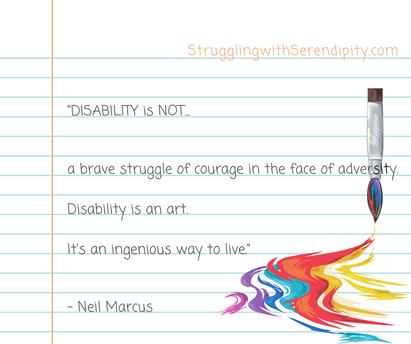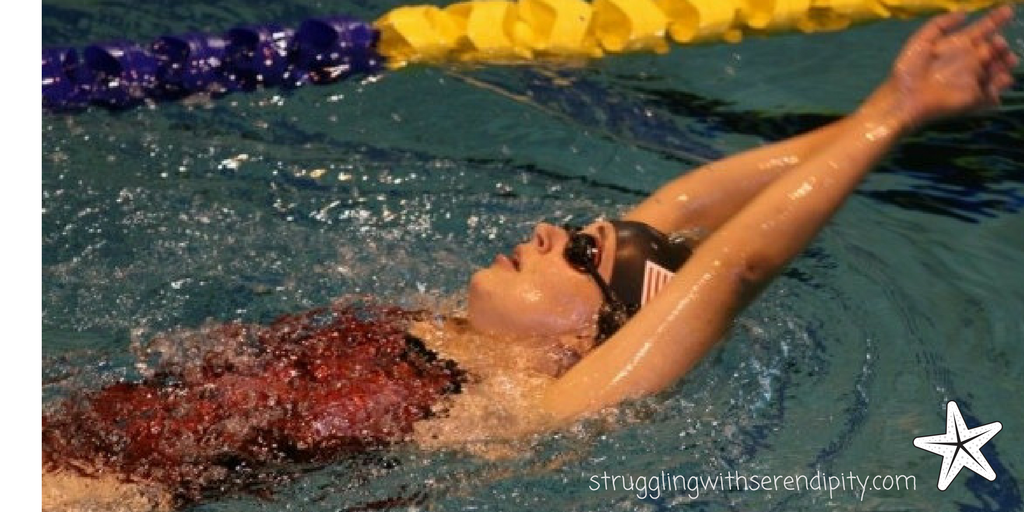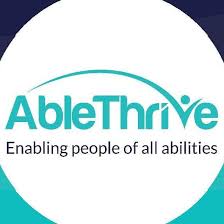 (This blog tells my family's story. To see more, click "blog" at the top of this webpage.) When I drove to the Seattle pool for the second day, we loved how Mount Rainier seemed to float in a pillow of clouds on the eastern horizon. At the meet, a friendly official introduced herself and two others from her Toledo club team. They extended a warm invitation to join their team. We also heard about the next Paralympics in Greece, held shortly after the summer Olympics in the same venues. “I was hooked," Beth said. "I knew it wasn’t going to be my last national meet." I borrowed a page from Laraine’s book and took on the role of a foil, reflecting and questioning, not encouraging or discouraging. Should we pause and contact a Tiffin swim coach instead of driving an hour each way to swim in Toledo? Were swim coaches like medical specialists in the sense that they tended to be better in big cities compared to small towns? We had no clue. I worried about Beth taking on too much, especially learning new strokes, which seemed like an exercise in futility. Wouldn’t life be easier (better?) if she settled for a leisurely backstroke? Waiting for a race, Beth adjusted her ear buds and turned up her music. One 50-meter length with no turn felt less intimidating, but her time did not qualify for finals, again. That afternoon, we saw Seattle in a different way from a boat in the harbor. We treated ourselves to a fancy ice cream dessert with chocolate shavings and extra whipped cream, the first connection of ice cream to swim meets. The third morning, we tried to sort out a jumble of criteria on the papers posted on the walls of the pool. Unreasonably fast times to make the U.S. National Team. Ludicrous times for World Records—only slightly less ludicrous for American Records. All broken down into strokes, distances, classifications, and genders. For almost every American Record for S3 women, there were blank lines where a name should be, along with a fast, arbitrary time that no one had achieved before. The last evening of the meet, we watched the finals races. Beth also officially enlisted the help of the Toledo coach to find out what she could do in the water. She told him that one year ahead, at the next national championship, her swim times would be fast enough to qualify as an S3 and make the cut for finals. Not stopping there, she also planned to swim all the strokes. Beth had the gift of perpetually underestimating challenges. The World Rankings of the International Paralympic Committee (IPC) compared individual swimmers. Beth’s three very slow races in Seattle placed her on the list at 15th, 17th, and 21st in the world, confirming the rarity of S3 swimmers. I arrived back home in Ohio with a missing push handle on the wheelchair, Maria’s unbroken Snow White mirror, and a 16 year old intent on learning how to swim. Occasionally floating across the pool had been a pleasant pastime before Seattle. After the national meet, Beth raised the bar to the sky for her first swimming summer.
9 Comments
(This blog tells my family's story. To see more, click "blog" at the top of this webpage.)
The Seattle meet officially opened with the beeps and buzzes of back-to-back events. Most swimmers dove off the blocks from a standing or sitting position with no assistance. Those with impaired hands usually started races in the water. One coach reached over the edge to hold a swimmer’s feet to the wall. Another coach held an arm before the buzzer sounded. A man with no arms floated on his back, with his feet touching the wall and a cord in his teeth. The coach at the other end of the taut cord dropped it at the start. The only people we recognized had been at the Michigan Games: Shawn and his wife, as well as another teenager and her mom. There were a few more wheelchairs in use compared to the night before; a girl minus a prosthetic leg pushed a manual wheelchair with strong arms, instead of using crutches on the wet deck. We clapped for the first American Record of the meet, a neck and neck race. It quickly became evident that I had misunderstood Shawn from the start. Beth had no innate swimming talent. His invitation had been based on the fact that a tiny percentage of quads around the world could be alone in a pool without drowning. Even more rare: quads who could swim. Beth had the dubious honor of being the only S3 female from the United States at the meet, a distinction that would reoccur again and again. The fastest athletes during prelims would return to race in the early evening, if they beat the cut times for the finals races. The humidity of the chlorine air saturated my skin, but Beth couldn’t sweat if she wanted to because of her spinal cord injury. I rushed back and forth to the concession stand for cold drinks. For Beth’s first race at her first nationals, swimmers on both sides entered the water without a mother’s help and surged ahead at the start. My daughter merely sought to prevail over the seemingly endless distance of the 50-meter pool—twice. The only one weaving down the lane in the last stretch, she did not make the cut for finals, as expected. In the women’s locker room, swimmers showered and changed on their own. Beth chose an out of the way spot by the back lockers because she needed my help. Our hotel had no accessible rooms available, so instead of being lifted in and out of a bathtub, she decided to shower at the pool in her wheelchair for the first time. I took off the cushion ahead of time, adjusted the tight water handle, and picked up the soap when it slipped from her lap. I squeezed out the shampoo and her arms trembled slightly as she moved it around in her hair. The wheelchair left drips of water on the concrete on the way to the rental car. After a quick lunch and a nap at the hotel, it was time to explore. I had a stack of printed Google map directions that Beth read while I drove to the fisherman’s wharf and the Space Needle. After riding the elevator to see the panoramic vista, we found an unusual store. I bought Maria a small but elaborate Snow White mirror for her upcoming birthday, hoping I could get it home in one piece. My girls would always be Snow White and Cinderella, princesses who believed in happy endings. At five, Maria decreed that we would live together forever in our Tiffin home, in our tiny corner of a big world. “The trip was truly amazing,” Beth said. “Seattle was beautiful. My mom and I were able to tour the city in the afternoons and evenings after I swam.” We didn’t know that the Seattle swim meet would be the first and the only one where she would not qualify for finals.  (This blog tells my family's story. To see more, click "blog" at the top of this webpage.) Parallel to the Olympics, U.S. Paralympics supports athletes with impairments. Classification compares the absence of function between those with limb differences, spinal cord injuries, spina bifida, multiple sclerosis, cerebral palsy, and more. To complicate matters, individuals with the same diagnosis often have different motor abilities. The specific criteria to classify a swimmer usually leaves little room for debate or error—except for the most severe physical disabilities (S1 to S4), catchall categories with less precise guidelines. On the wide deck of the nearly empty pool in Seattle, classifiers asked Beth questions. Her sincere answers minimized her quadriplegia. I thought about interrupting, but with muscle testing next, they would get a more accurate picture. For the last assessment, I lowered Beth from her chair to the pool deck. She positioned herself at the edge before falling into the water. Classifiers observed closely as she did her best to comply with their requests. When asked to swim the breaststroke, she kept her arms in front of her in a variation of treading water. Her head dipped underwater after a few seconds. Swimming forward on her stomach for the butterfly, freestyle, and breaststroke looked impossible. The classifiers openly debated between S2 and S3 before settling on S3. Beth looked down and paused before thanking them. If they had said S2, her unofficial classification from the wheelchair games, her swim times rocked. The same times would not qualify for the Seattle meet as an S3; however, newly classified swimmers could race regardless. It made sense that a novice who had never worked with a swim coach would need to improve before ranking among the best. After her appointment, Beth and I stayed at the pool complex for the picnic dinner to kick off the meet. We sat out of the way and watched the friendly crowd. Amazingly few athletes used a wheelchair. In street clothes, many had invisible disabilities. “There were about 200 athletes from eight different countries,” Beth said. “The entire Australian and Mexican National Teams were there.” We returned to the pool early the next morning for the first of the three day meet. A wide span of physical differences were apparent, but no one stared or judged. Paralympic rules banned artificial limbs and other supports in the water. Prosthetic legs propped casually on the bleachers underscored the unspoken acceptance of disability. Swimmers warmed up in the pool before the morning’s preliminary races (prelims) to the beat of pop music. An announcement informed us that those classified S1, S2, and S3 should use a specific end lane to warm up. No explanation was given because it was obvious: to avoid collisions with those who streaked down the right side of the lane, flipped to change direction, pushed off the wall with their feet, and swam back on the right side, completing a circle. Beth shared the designated lane with a few others for the first time and spent more time hanging on the wall than warming up. The other lanes teemed with fast, circling swimmers watched by attentive coaches. We only had each other, small fish in a big pond.  (This blog tells my family's story. To see more, click "blog" at the top of this webpage.) After my youngest daughter's spinal cord injury (C6-7), no one thought she could be in the water without someone holding her up — no one except Beth. “I really didn’t expect to ever be able to compete, so that surprised me,” Beth said. Seattle was a trip of firsts. At the Detroit airport, an agent asked about Beth’s wheelchair. No, she could not walk to her seat on the plane. No, she could not stand. What was an aisle chair? I moved Beth into one of the airport’s clunky wheelchairs. I folded her blue chair, duct taped it together, and watched it disappear on the conveyer belt with the luggage. Not my best idea. We should have kept her blue wheelchair until she boarded the plane, where it would be “gate-checked” with the baby strollers. The chair could still be damaged, but the odds were in our favor when it was on top of the pile as opposed to underneath. Less than a year after 9/11, heightened security reminded us of the threat of terrorism as we made our way to the gate. We found out that we would board first. Down the jet bridge, near the open door of the plane, I transferred Beth to an aisle chair, an odd seat with a width of about 15 inches that rolls on four tiny wheels. An employee fastened an abundance of straps before he pulled her backwards down the middle of the plane. We lifted her over the armrest to her seat. Things that don’t matter until they do: worrying about autonomic dysreflexia triggered by cabin pressure, bruising her lower leg from spasms hitting the bottom of the seat in front of her, apologizing to the passenger who had to crawl over Beth to get to their window seat, and staying seated for five hours. She held my hand while the plane took off. Neither one of us thought to lift and move her legs to reduce the threat of blood clots on that first long flight. Deboarding in Seattle, the procedure reversed. We waited for an aisle chair after the other passengers left. On the jet bridge, we borrowed another airline wheelchair to get to baggage claim. I grabbed Beth’s blue wheelchair off the conveyor, the chair that had traveled cross-country with luggage piled on top of it. The travel gods smiled on us: no major damage, just one bent brake lever. And no blood clots. The shuttle to get to our cheap rental car was not accessible. Instead of being lifted into the shuttle or taking a taxi with me to the rental car, Beth chose to stay in the airport while I left with the luggage and rushed back to pick her up. I took off the big wheels of her chair and put them in the backseat. The rest barely fit in the trunk of the economy car. With no GPS, I handed Beth printed Google map directions to help me navigate, nervous about my first rental car. She pointed out a striking sign. “I saw a billboard with a girl in a power chair and a Harvard graduation cap on,” Beth said. The caption simply said, “Quadriplegia at Harvard: A+.” We arrived at the pool in the afternoon for her classification appointment that attempted to even the playing field. Theoretically, competition would approach fairness by grouping those with similar physical function. The devil was in the details. |
Cindy KolbeSign up for my Just Keep Swimming Newsletter by typing your email address in the box. Thanks!Categories
All
Archives
November 2022
|


 RSS Feed
RSS Feed











